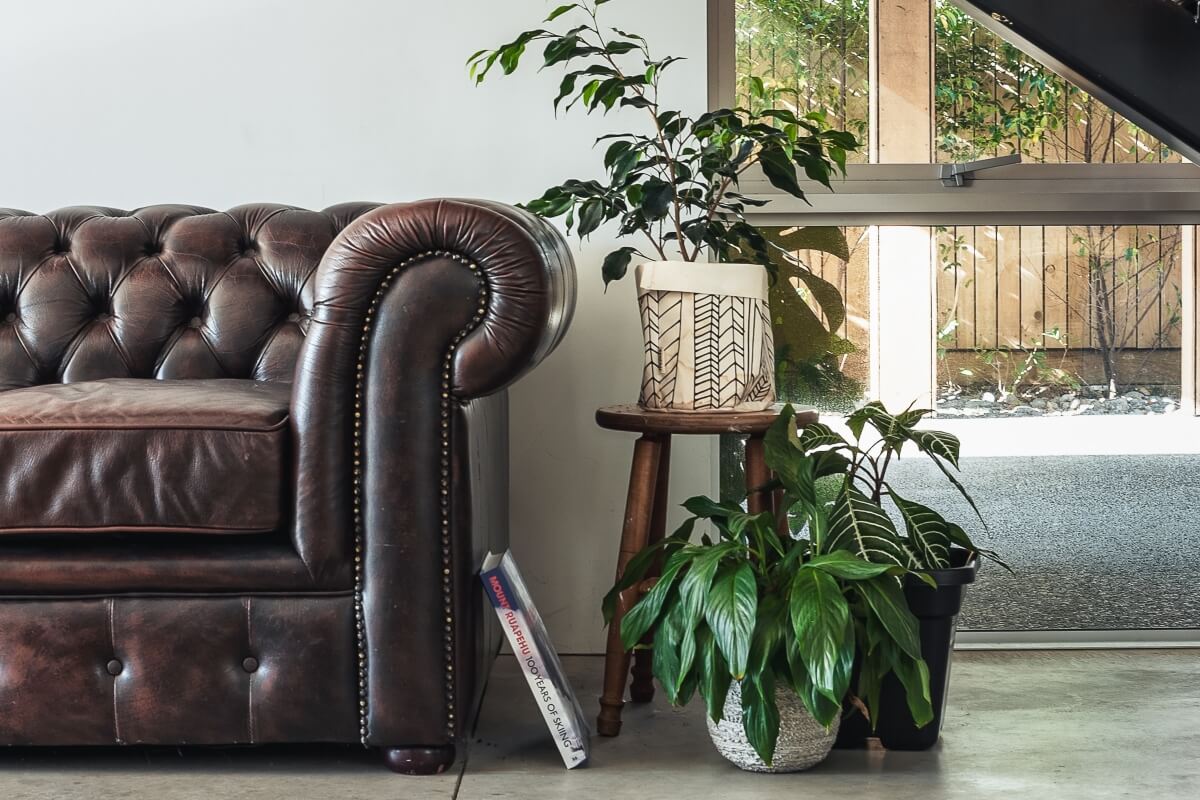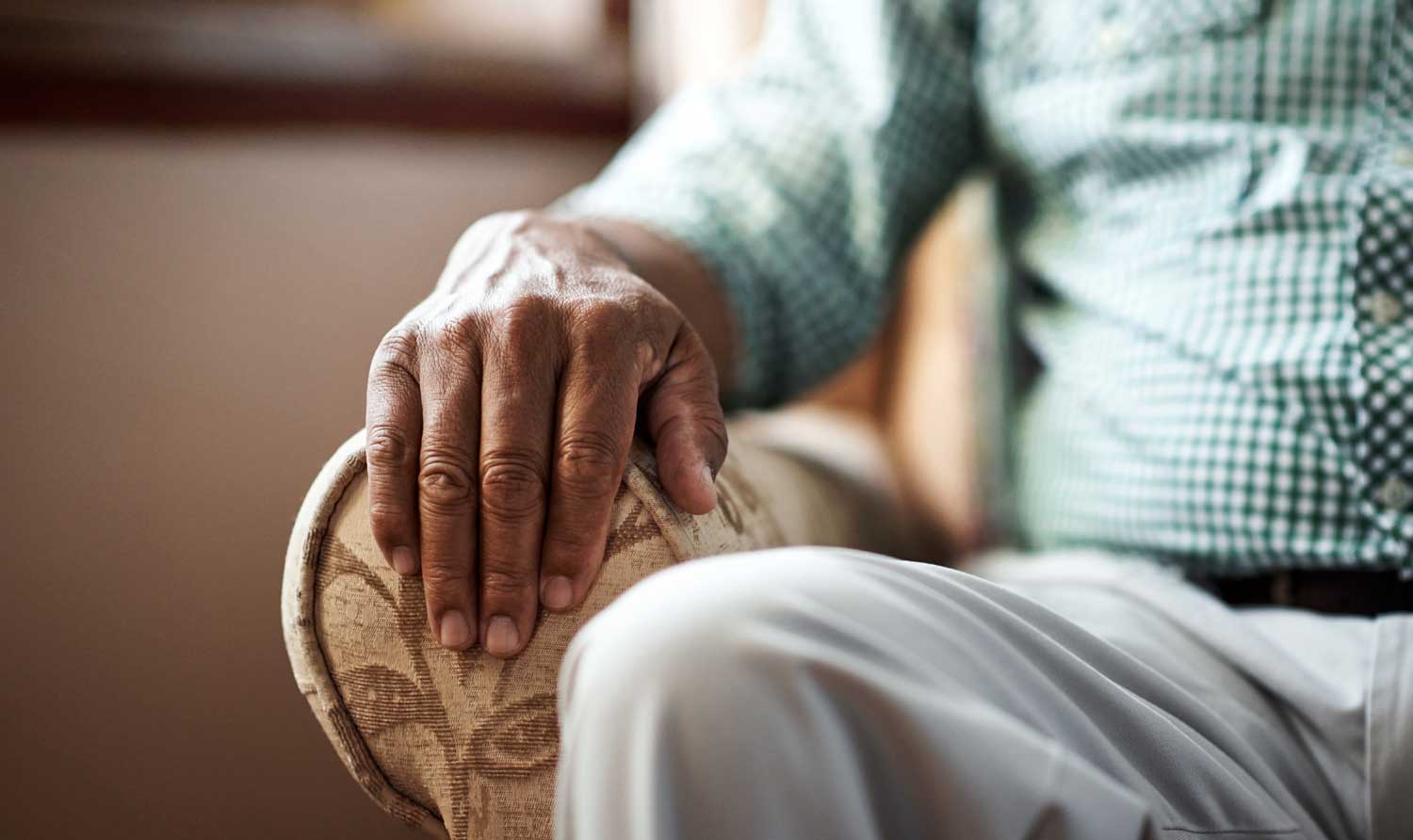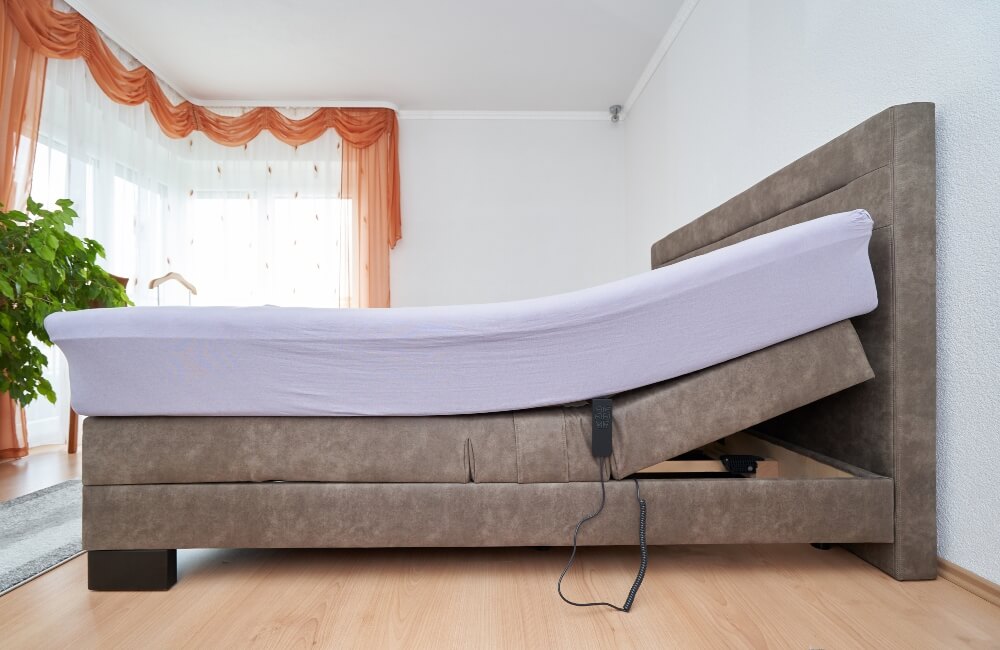Manual Recline or Electric Recliner: Which One to Choose?
Social Links
We’re taught from childhood that sitting upright in a chair is a natural, comfortable, everyday posture. However, for some, this position doesn’t always offer maximum comfort. Sitting up straight for a prolonged period of time can sometimes be quite painful, especially for people who have back or joint pain.
Research has shown that sitting upright for long periods of time can actually result in weight-bearing pain on the spine. This same research showed that simply adjusting the angle when seated, to a 135 degree incline, can solve these back issues quickly.
This is why many people with mobility issues opt to sit in reclining rather than non-reclining chairs. High back chair allow for a range of movement, including the raising of the legrest and the lowering of the backrest, to support the user in a variety of seating positions.
The different types and models of recliners available on the market usually fall into two categories: they are either powered by electricity or require the user to work them manually. Below we look at electric vs manual recliners to help you decide whether a power or manual recliner would best suit your needs.
Power recliners
As the name suggests, power recliners, also known as electric recliners, run on electricity. Their motor (either single or dual motor) moves the adjustable parts of the chair via an attached remote control, meaning the perfect comfortable position is only a touch of a button away. Recliners with more than one motor offer greater flexibility because the backrest and footrest can be moved independently, meaning it’s easier to find a comfortable seating position.
Power recliners come equipped with a back-up battery that allows the user to return the seat to its original position in the event of a power shortage.
Power recliners cannot be used manually as the motor is intended to do all of the moving.
Pros of power recliners
- Longevity. Power recliners tend to last a long time, perhaps even longer than the average manual recliner. This is because their controlled and gentle movements limit the potential for wear and tear.
- Precision. Due to their inbuilt motors and remote controls, power recliners allow for precise movements, which means you can easily find a relaxing position.
- Ease of use. Power recliners are operated by the touch of a button, meaning anybody can find their ideal incline without exerting any force.
Cons of electric recliners
- Dependent on power outlets. Although some electric recliners come with a battery pack, the chair needs to be close to a plug socket. Manual Recline recliners, in comparison, can be placed anywhere as they do not need to be plugged in.
- Higher cost. Due to their moving parts, electric recliners often cost more than their manual counterparts. However, this may be offset by their longevity, as discussed above. Reputable furniture companies should offer a warranty for mechanised items of furniture. People who purchase electric recliners will also have to consider the energy costs required to operate them. Whilst on standby, an electric recliner uses about 5p of electricity a day.
Manual Recline recliners
As opposed to power recliners, manual recliners are operated manually. This is done via a manual lever (or levers) that operates the legrest and backrest. To return to a seating position, the user will usually exert pressure on the moving parts, by pushing down on the legrest for instance, until it locks back into place.
Pros of manual recliners
- Simplicity. With only non-motorised moving parts, manual recliners may be easier to operate.
- Lower costs. Due to their lack of motorised parts, these recliners are often less expensive than power recliners. And, of course, they don’t use any electricity.
- Lighter. Without a motor (or motors), manual recliners are lighter than their electric counterparts. This can come in handy if they need to be moved or repositioned. Manual Recline recliners don’t need to be placed near a power outlet in order to work, meaning they can be placed anywhere in your home.
Cons of manual recliners
- User strength required. As the user usually has to exert a force against the moving parts of a manual recliner to push them back into place, these chairs may not be suited to people who don’t have the strength to do this. The issue can be solved by opting for a “stressless recliner”, which uses a mechanism to minimise resistance. A level of strength is still required, however, to make reclining features work in the first instance, when pulling the chair’s lever.
- Limitations in movement. Manual Recline recliners offer a vastly reduced number of seating positions (generally “reclined” and “not reclined”). These positions will suit some people but may not be specific enough for others to really relax or take on symptoms of some health conditions.
Conclusion: is power recliner better than manual?
Both power and manual recliners come with pros and cons. There is no perfect seat for everybody, so the best choice for you will depend on your individual situation, taste and budget. Speaking to our team of specialists, who can help you understand your personal needs and requirements, is the first step towards finding the best recliner for you.
*This website contains general medical information. The medical information is not advice and should not be treated as such. Read our full Medical Disclaimer here.



